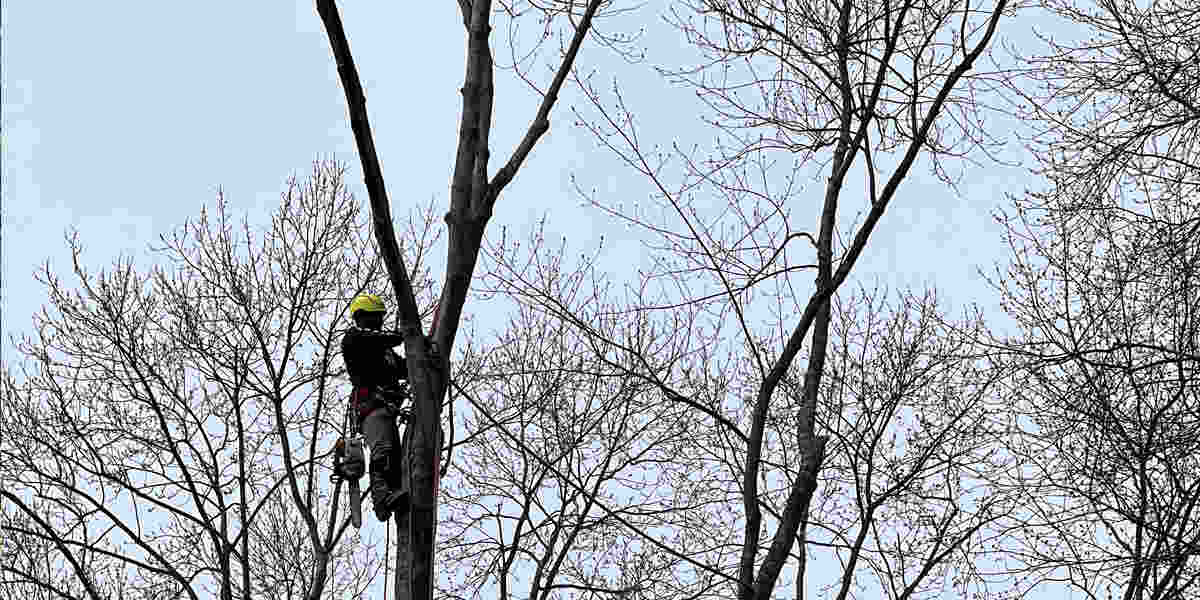A tree’s bark is the most important part of its immune system. Much like a person’s skin, a tree’s bark is its primary guard against infection and harmful elements. For trees, bark is also essential for water and nutrient uptake.
When storms, diseases, or accidents cause damage to a tree’s bark, is there any way to repair the injury?
GM 2 Tree Service, the premier tree service in Torrington, CT, and the Bristol area, provides some details about tree bark damage repair and how expert tree professionals approach the job.

Understanding the Extent of the Damage
Arborists begin by assessing the injury. Minor damage to otherwise healthy trees, like superficial scrapes or small patches of missing bark, normally heals naturally over time.
Major damage, including the loss of significant portions of bark or stripping that completely encircles the trunk (a.k.a. girdling), can quickly kill a tree. Professional intervention is essential in these cases.
Encouraging Callus Formation for Healing
A tree’s natural recovery involves the formation of callus tissue. Like a scab on human skin, a tree grows this tissue around the edges of wounds to slowly seal them. Professional arborists can aid this natural process by carefully trimming away jagged or loose tissue around the injured area.
Without this intervention, the wound might never heal properly, opening the tree to disease and infestation.
Grafting Techniques for Severe Damage
In cases involving extensive bark damage that threatens a tree’s survival, arborists may use grafting techniques to attempt tree bark damage repair.
Tree experts often use a method called bridge grafting that involves taking small patches of healthy bark from other parts of the tree and placing them on the injured area to bridge callus formation and attempt to close the wound. Successful grafts promote nutrition and water flow to damaged tissue to keep the tree alive as it heals.
Wound Dressing and Sealant: Are They Necessary?
In the past, applying a wound dressing or sealant to cover tree wounds was standard practice. Modern scientific arboricultural practice shows that such outdated practices trap moisture, promote decay, and stop the healing process.
Arborists now generally use natural callus formation and bark regeneration techniques that do not choke off water and nutrition.
Supporting Bark Regeneration
Expert arborist care — including providing the right nutrients, water, and occasional fertilization — can help the tree maintain overall health while healing. Arborists monitor the healing process to guard against pest infestation or disease entering the wounded area.
Canker infections are common in cases where disease is the culprit. These can be fungal or bacterial and often cause sections of bark to die. Cankers manifest as discolored, sunken, or cracked areas on tree trunks or branches.
If called in early enough, a professional arborist can prune away infected areas as part of tree bark damage repair to halt the spread of disease or infection.
Preventing Future Bark Damage
As always, prevention is the best cure.
Property owners can prevent bark damage by implementing mulch rings around their trees to prevent accidental damage from mowers or other yard equipment. Efficient trimming, watering, and fertilization help trees fight disease and pest infection more effectively.
Call GM 2 Tree Service for Professional Tree Care
Call on the seasoned professionals at GM 2 Tree Service for expert tree bark damage repair, grafting, and disease management. Our team will assess the situation and take the necessary steps to help your tree recover.
Contact us online or call (860) 940-5783 today for a consultation and to schedule service in Torrington and around the Bristol area.
